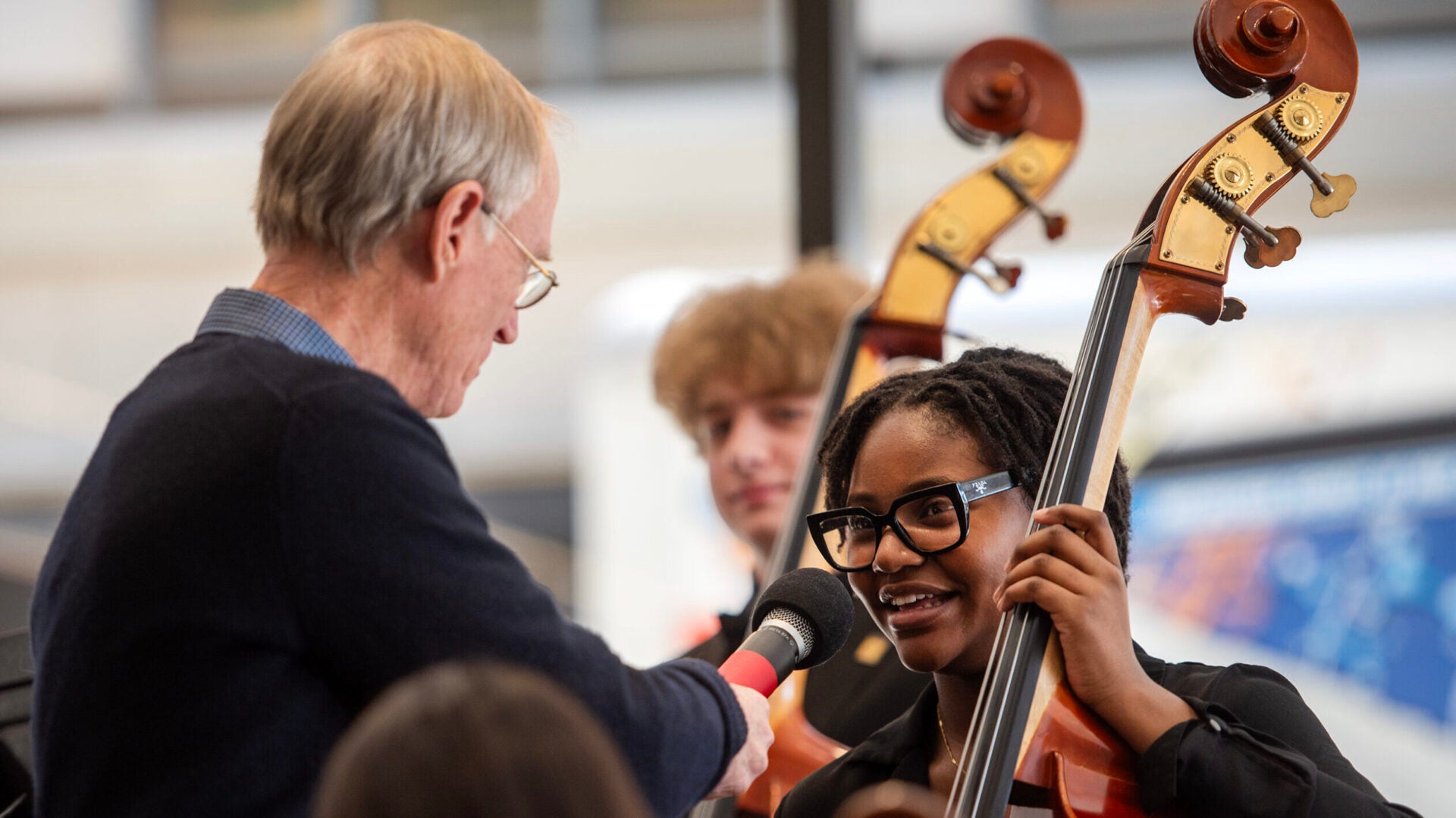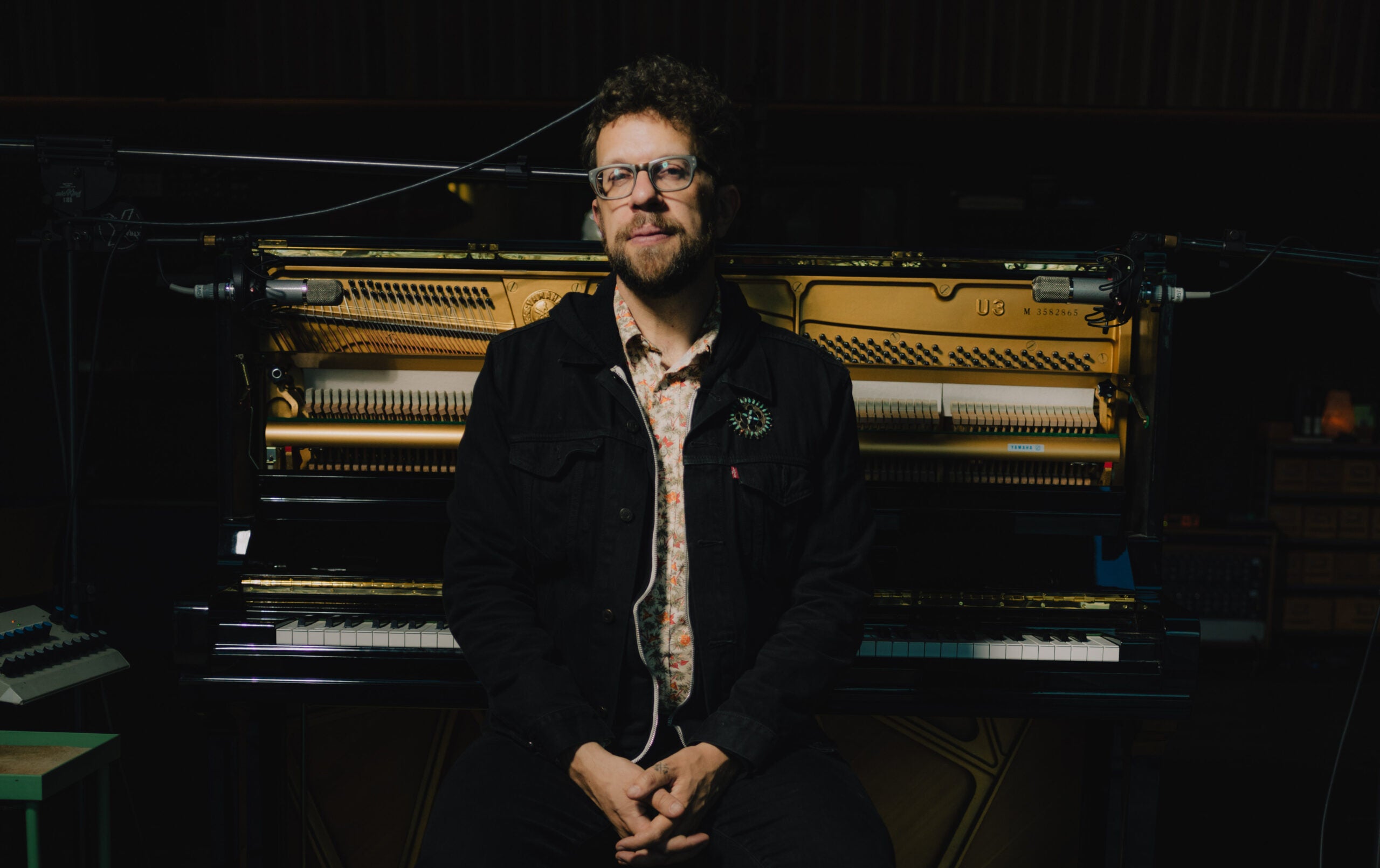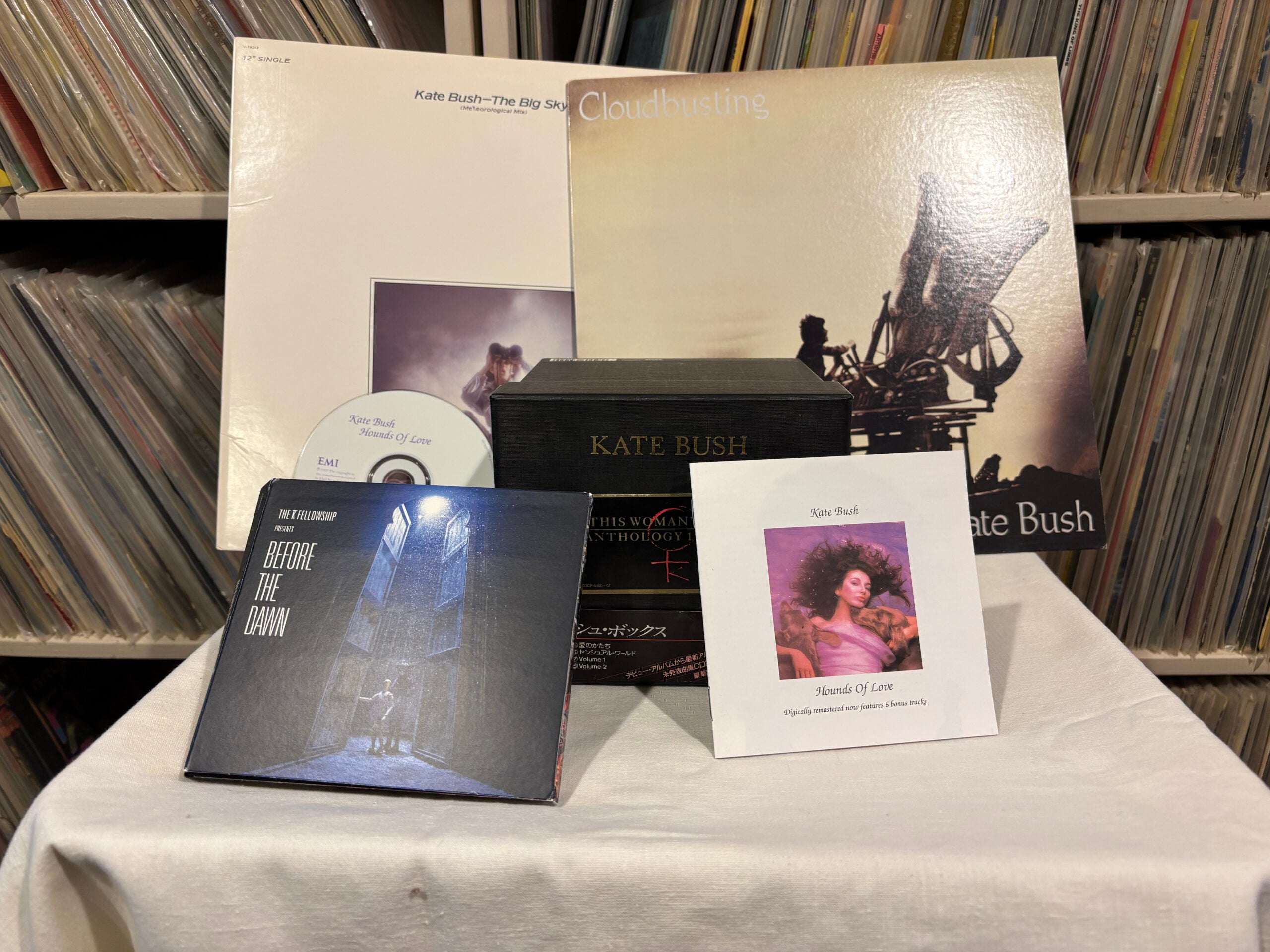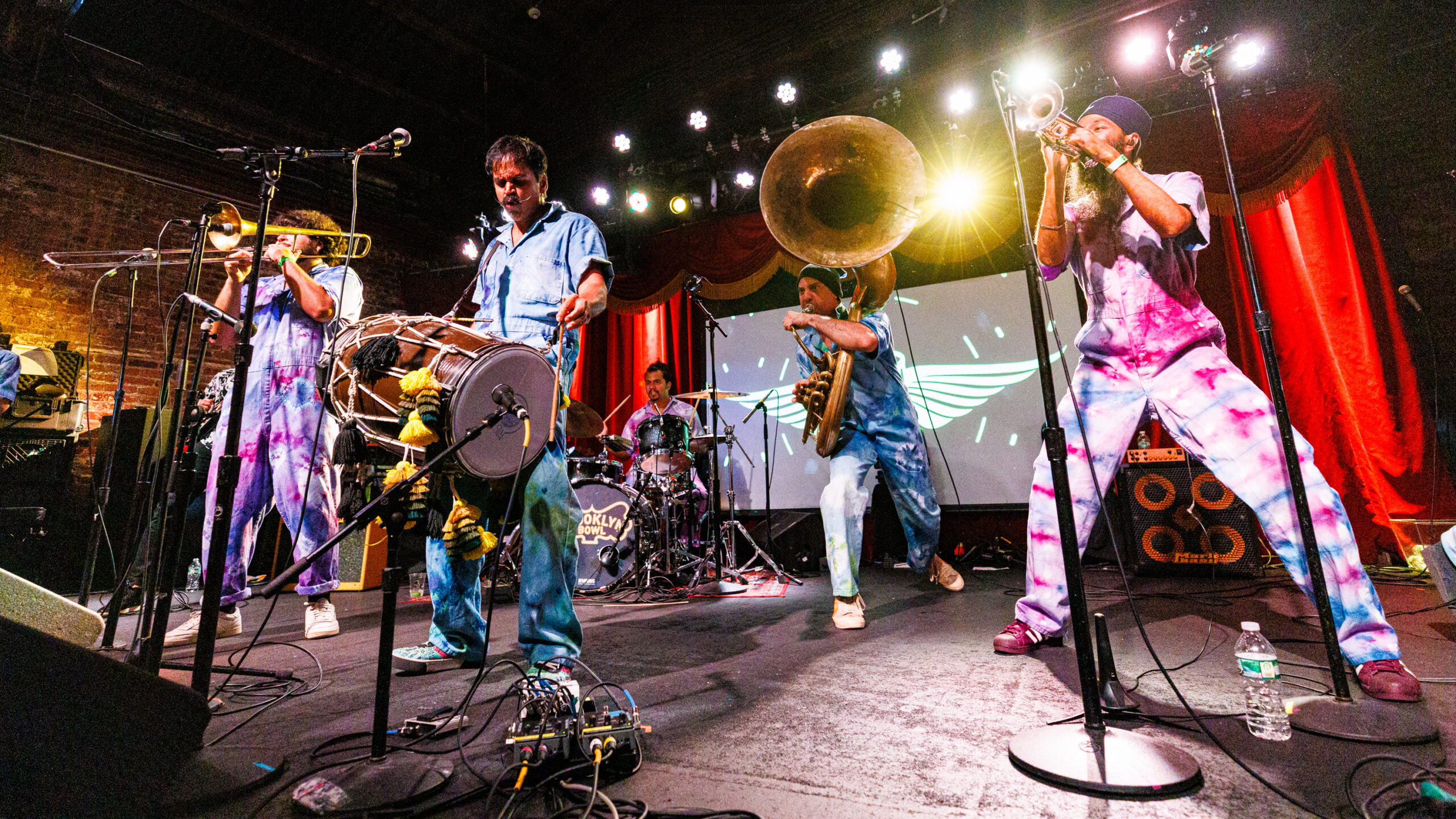The gimbri, a three stringed rectangular lute-like instrument from Morocco is commonly is used by Gnawan musicians readily attached to a repertoire of rich and ancient African Islamic spiritual songs and rhythms used in prayer and healing.
Today, Africa’s Gnawan music, vibrantly alive, sits within a well-preserved heritage that combines ritual poetry with traditional music and dancing. The music is performed at ‘Lila’s. Lila’s fill an entire communal night where celebration, dedicated to prayer and healing, is guided by a spiritual leader and cantor called a Maalem. And, though more women are today, finding marginal presence within these musical collectives, the Gnawan musicians and the dancers in particular remain largely assigned to men. Gimbri players included.
The body of the gimbri is rectangular, narrow and covered by camel skin from which protrudes a round wooden neck with three goat-gut strings attached by cloth thongs. At the end of the neck is an inserted metal rattle that gives the instrument added timbre. The result, somewhat muted in texture is both a percussive and melodic instrument producing a bass-like sound, not unlike the amplified electric bass used Western popular music…
Episode Credits
- Dr. Jonathan Øverby Host
- Joe Hardtke Technical Director
Wisconsin Public Radio, © Copyright 2025, Board of Regents of the University of Wisconsin System and Wisconsin Educational Communications Board.






